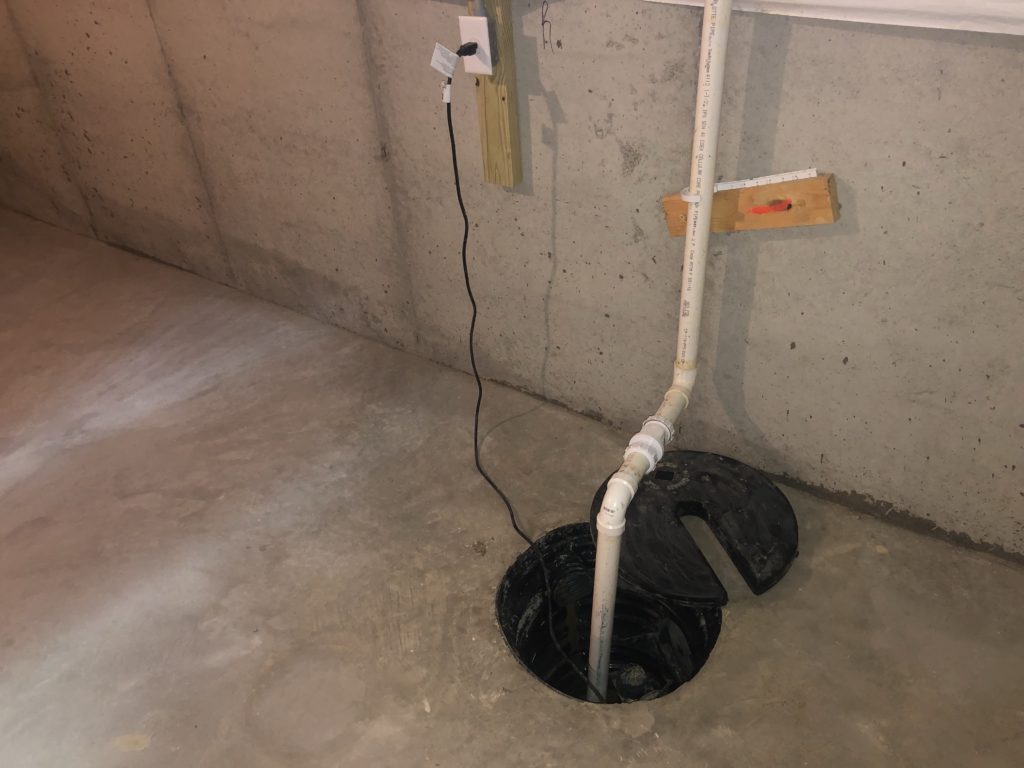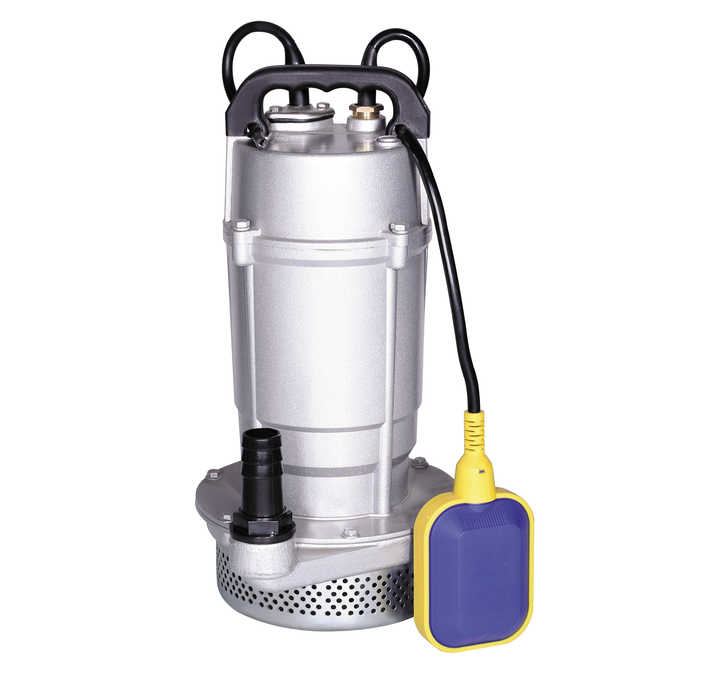Practical Techniques for Taking Care of Your Sump Pump
Practical Techniques for Taking Care of Your Sump Pump
Blog Article
On this page further down yow will discover lots of amazing details pertaining to How To Effectively Clean A Sump Pump.

Sump pumps are essential components in lots of homes, especially in locations susceptible to flooding or too much moisture. They assist stop water damage by effectively getting rid of excess water from basements or crawl spaces. Nevertheless, like any other appliance, sump pumps call for normal upkeep to ensure they function efficiently when required the most. Cleansing your sump pump is a vital part of its upkeep, and comprehending exactly how to do it properly can save you from pricey fixings and possible disasters.
Introduction
Maintaining a tidy sump pump is crucial for its correct functioning and durability. Overlooking this crucial task can bring about clogs, malfunctions, and inevitably, water damages to your home. For that reason, learning how to clean up a sump pump is essential for property owners that depend on these tools to keep their cellars completely dry and protected.
Signs of a Dirty Sump Pump
Knowing when your sump pump requires cleaning is essential for stopping potential breakdowns. Some usual indicators that indicate an unclean sump pump consist of unusual sounds throughout operation, lowered water circulation, and visible debris in the pit. If you see any one of these signs and symptoms, it's essential to cleanse your sump pump promptly to avoid any further concerns.
Preparing for Cleaning
Before you begin cleansing your sump pump, it's essential to take some safety and security precautions. Start by shutting down the power to the pump to prevent any type of electrical mishaps. In addition, wear ideal protective equipment, such as gloves and safety glasses, to shield on your own from dirt, particles, and potential microorganisms.
Understanding the Sump Pump
Prior to diving into the cleansing process, it's essential to have a fundamental understanding of just how a sump pump works. Typically installed in a pit or container listed below the cellar floor, a sump pump contains several vital parts, consisting of a pump, a float switch, and a discharge pipe. When water builds up in the pit, the float switch turns on the pump, which after that pumps the water out via the discharge pipeline, away from the structure's structure.
Step-by-step Guide to Cleaning a Sump Pump
Turning off the Power
Begin by separating the power supply to the sump pump to avoid any type of accidents while cleaning.
Checking for Correct Performance
Prior to reinstalling the pump, do a fast test to ensure that the float switch turns on the pump correctly. Pour some water right into the sump pit and observe the pump's operation. If whatever is operating appropriately, you can reconstruct the pump and reconnect the power supply.
Eliminating Debris and Dirt
Make use of a bucket or an inside story to get rid of any visible debris, dust, or sediment from the sump pit. Dispose of the particles effectively to stop it from blocking the pump or the discharge pipe.
Cleaning up the Pump and Drift Change
Once the pit is free from debris, carefully eliminate the pump from the pit. Examine the pump and the float button for any indications of damage or wear. Utilize a soft brush or fabric to cleanse the surfaces and eliminate any type of gathered gunk.
Purging the System
After cleaning up the pump and float button, purge the sump pit with clean water to eliminate any kind of staying dirt or sediment. This will help make certain that the pump operates efficiently and successfully.
Maintenance Tips to Keep Your Sump Pump Clean
Along with routine cleansing, there are several maintenance pointers you can follow to keep your sump pump in ideal problem:
Final thought
Cleansing your sump pump is an important facet of its upkeep and makes certain that it runs efficiently when you require it the most. By complying with the steps detailed in this overview and including normal upkeep right into your regimen, you can prolong the lifespan of your sump pump and shield your home from water damage.
6 STEPS ON HOW TO CLEAN A SUMP PUMP PROPERLY
UNDERSTANDING SUMP PUMPS
Your sump pump plays a crucial role in protecting your home by managing and removing excess water. It primarily functions as a “shield”, guarding your basement against the damaging effects of water accumulation. The pump is housed in a sump pit in the lowest part of your basement, and its job is to pump out any water that collects there.
During heavy rainfalls or when snow melts rapidly, water can infiltrate your basement, posing potential risks like flooding, structural damage, and harmful mold growth. Here, the sump pump springs into action, pumping out the intruding water and directing it away from your home.
SAFETY FIRST
Before cleaning, remember to prioritize safety. Disconnect the sump pump from the power source to prevent any accidental electric shocks. Also, wear sturdy gloves to protect your hands from any sharp or dirty components within the pump.
REMOVE THE SUMP PUMP
After ensuring your safety, the next step is to remove the sump pump from its pit. Doing this might require careful maneuvering as you don’t want to damage any pump components. Once removed, clean the sump pit to remove any accumulated debris or sludge.
INSPECT THE PUMP
Inspect the pump for any visible signs of wear or damage. Check the power cord, float switch, and impeller housing. If any components look worn out or damaged, consider replacing them to ensure optimal performance.
CLEAN THE PUMP
Thoroughly clean the pump with warm, soapy water. Make sure to rid it of any dirt, gravel, or other debris that might impede its performance. You can use a toothbrush to clean the small, hard-to-reach parts of the pump.
REINSTALL THE SUMP PUMP
Reinstall the pump into the sump pit Make sure it’s positioned correctly to remove the water effectively Once it’s back in place, reconnect it to the power source TEST THE PUMP
Finally, pour some water into the pit to ensure the pump works correctly. It should start automatically and begin pumping out the water; if it doesn’t, check the power source and the positioning of the pump.
Remember, while cleaning your sump pump is an essential part of home maintenance, hiring a professional plumber for a thorough inspection and cleaning at least once a year is also important. This will ensure that your pump is in optimal condition, ready to protect your home from potential water damage.
BEST PRACTICES FOR CLEANING SUMP PUMP DISCHARGE PIPES
Regular Inspection: Regularly inspect your discharge pipes, especially during heavy rainfall or snowmelt periods. Look for any signs of blockage or damage. Early detection of problems can prevent serious issues down the line. Periodic Cleaning: Over time, sediment and debris can accumulate in the discharge pipes, impeding the flow of water. Regular cleaning helps keep the pipes clear and functioning efficiently. You can use a high-pressure water jet to effectively clean the pipes. Insulation During Winter: In colder climates, discharge pipes can freeze, blocking the outflow of water. Protect your discharge pipes from freezing temperatures by insulating them with foam pipe insulation. This will ensure the sump pump can continue to discharge water even in freezing conditions. Proper Positioning: The discharge pipe should be positioned to direct water away from your home’s foundation. Improper positioning can lead to water seeping back into the basement. Ensure the pipe is long enough and angled correctly. Installation of a Check Valve: A check valve prevents water from flowing back into your sump pit after the pump has pushed it out. Installing a check valve helps maintain the efficiency of your sump pump and reduces the risk of flooding. Minimize Pipe Turns: Every curve or turn in the discharge pipe can decrease the efficiency of water flow. By minimizing turns and bends in your discharge pipe, you can increase the efficiency of your sump pump. https://www.fullspeedplumbing.com/how-to-clean-a-sump-pump-properly9999/

We were shown that report about How to Care for Your Sump Pump from a pal on a different web blog. Do you know somebody who is in to the topic? Please feel free to share it. Many thanks for going through it.
Course Detail Report this page